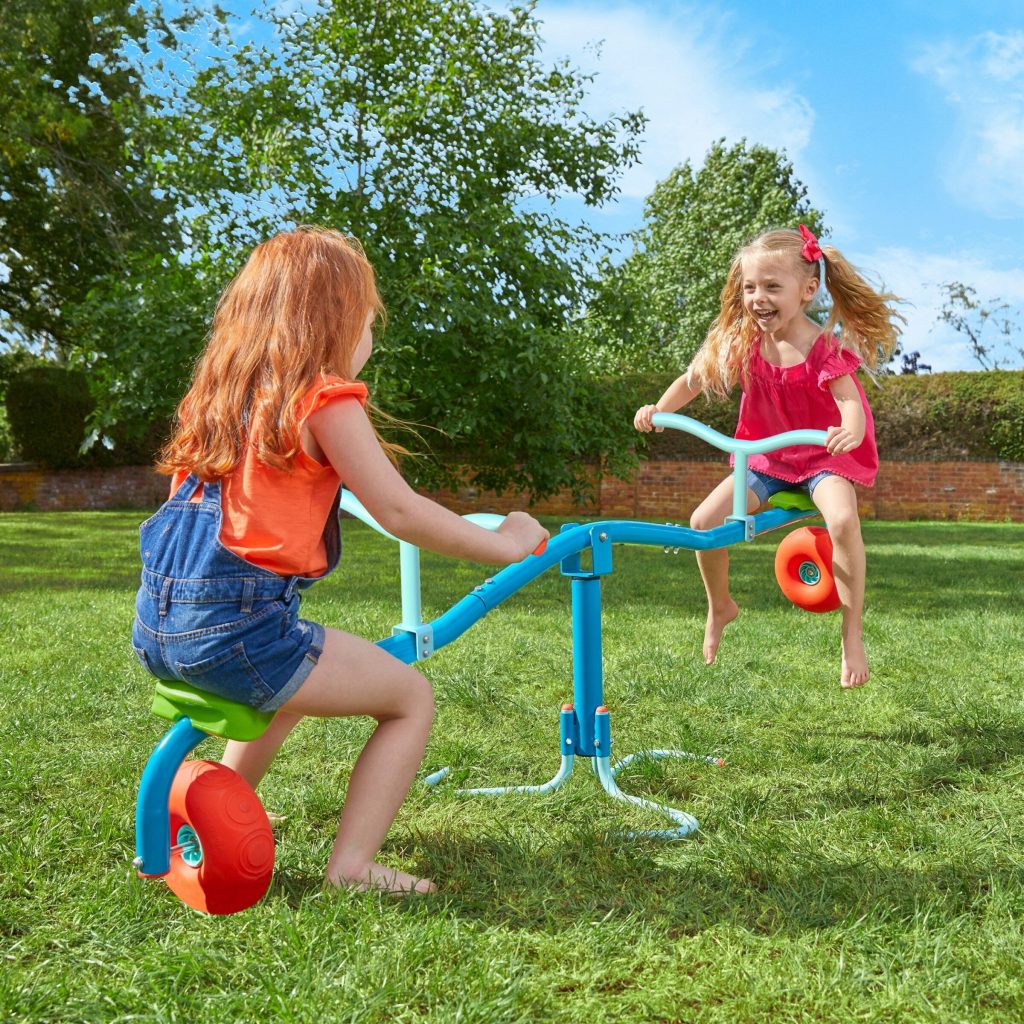Discover effective strategies and tips on how to handle whining in the playground.
How to Handle Whining in the Playground
Whining in the playground can be a challenge for caregivers and teachers alike. It can disrupt playtime and dampen the fun atmosphere. But fear not! In this article, we will explore effective strategies for handling whining in the playground and maintaining a positive play environment. So, let’s dive in!

Understanding the Causes of Whining
Whining, like a pesky mosquito, can have multiple causes. By understanding these triggers, we can better equip ourselves to address the issue head-on and restore harmony to the playground.
Whining is a common behavior exhibited by children, and it often serves as a means of expressing their emotions. When children feel tired, frustrated, or overwhelmed, the whine-o-meter starts to rise. It’s important for parents and caregivers to acknowledge their emotional needs and help them find healthier ways to express themselves.
But emotions aren’t the only triggers for whining. Physical factors can also play a significant role. Have you ever seen a child whine after a tumble? Bruises and bumps can crank up the whining volume, making it harder for children to cope with their discomfort. Additionally, hunger, thirst, and fatigue can contribute to whining episodes. Ensuring that kids have had a good meal, a nap, and are adequately hydrated before embarking on playground adventures can work wonders in reducing whining episodes.
It’s important to remember that every child is unique, and the triggers for their whining may vary. Some children may be more prone to emotional triggers, while others may be more sensitive to physical discomfort. By paying attention to their individual needs and providing appropriate support, we can help children navigate their emotions and minimize whining.
The Impact of Whining on Playground Dynamics
Whining isn’t just a nuisance – it can have ripple effects on the playground as a whole. Understanding these impacts allows us to take proactive measures to minimize their negative consequences.
When a child constantly whines on the playground, it can strain even the tightest of friendships. Other children may feel frustrated, annoyed, or even avoid the whiner altogether. The constant whining can create a negative atmosphere, making it difficult for children to form and maintain positive peer relationships. By addressing whining, we create a more inclusive and enjoyable environment for all.
Furthermore, the impact of whining extends beyond social dynamics. It can disrupt playtime and hinder learning opportunities. Instead of engaging in imaginative play, exploring the playground, or participating in group activities, the focus shifts to addressing the whining child’s needs. This not only affects the whiner but also distracts other children from fully immersing themselves in play and learning experiences.
Imagine a scenario where a group of children is engaged in a game of tag. Suddenly, one child starts whining about not being “it” or not getting a turn. The game comes to a halt as the other children try to appease the whiner or avoid further conflict. The energy and excitement that once filled the air dissipates, leaving a sense of frustration and disappointment.
Moreover, whining can hinder learning opportunities on the playground. Whether it’s during organized activities or free play, children are constantly learning and developing important skills. They learn to negotiate, problem-solve, and cooperate with others. However, when a child consistently whines, the focus shifts from these valuable learning experiences to attending to the whiner’s demands. This not only disrupts the flow of play but also limits the opportunities for children to develop crucial social and emotional skills.
By reducing whining on the playground, we create a conducive environment for growth and development. Children can fully engage in play, explore their surroundings, and learn from their interactions with peers. They can develop resilience, empathy, and effective communication skills, all of which are vital for their overall well-being and future success.
Strategies for Addressing Whining in the Playground
Now that we understand the causes and impacts of whining, let’s explore some effective strategies for handling it.
Whining is a common behavior among children, especially in the playground where they interact with their peers. It can be frustrating for both parents and educators, but it’s important to approach it with patience and understanding. By implementing the right strategies, we can help children develop healthier ways of expressing their needs and desires.
Communication Techniques
Active listening is a powerful tool when it comes to addressing whining. By giving children our full attention and showing genuine interest in what they have to say, we create a safe space for them to express themselves. This not only helps them feel heard and understood but also encourages them to communicate their needs more effectively.
Empathetic responses play a crucial role in handling whining. When children whine, they often seek validation and empathy. By acknowledging their feelings and reflecting them back, we show them that we understand their frustrations. This can help defuse their whining and open up a constructive dialogue.
Providing alternatives is another effective communication technique. Instead of simply dismissing their whining, we can encourage children to express their needs in a more appropriate manner. By offering them alternative ways to communicate, such as using words or gestures, we empower them to find healthier ways of expressing themselves.
By fostering open lines of communication, we help children build crucial social and emotional skills. They learn the importance of effective communication, empathy, and problem-solving, which are essential for their overall development.
Setting Boundaries and Expectations
Consistency is key when it comes to setting boundaries and expectations. Children thrive in environments where rules and consequences are clear and consistent. By establishing firm boundaries, we send a message that whining is not an effective way of getting what they want.
When children understand the expectations placed upon them, they are more likely to engage in positive behavior. By clearly communicating the consequences of whining, such as loss of privileges or time-outs, we motivate them to find alternative ways of expressing themselves.
Encouraging positive behavior alternatives can also work wonders. By highlighting and praising children when they use appropriate communication methods, we reinforce the idea that there are better ways to express their needs. This positive reinforcement helps them develop new habits and gradually reduces their reliance on whining.
It’s important to remember that addressing whining is an ongoing process. It requires patience, consistency, and a collaborative approach between parents, educators, and children. By implementing these strategies and providing a supportive environment, we can help children develop healthier ways of expressing themselves and foster positive social interactions in the playground.
Prevention of Whining Behavior
Prevention is always better than cure. By adopting proactive measures, we can minimize whining episodes and create a more harmonious playground environment.
Whining behavior can be quite challenging to deal with, but there are effective strategies that can help reduce its occurrence. One such strategy is fostering emotional intelligence in children. Teaching children to identify and manage their emotions equips them with valuable tools to express themselves effectively. When children have a strong sense of emotional intelligence, they are more likely to communicate their needs and frustrations in a calm and assertive manner, rather than resorting to whining. Additionally, promoting emotional intelligence lays the foundation for healthier forms of communication, which can contribute to a more positive and respectful playground atmosphere.
Fostering Emotional Intelligence
Emotional intelligence encompasses a range of skills, including self-awareness, self-regulation, empathy, and effective communication. By teaching children to recognize and understand their own emotions, they become better equipped to express themselves in a way that is clear and constructive. Furthermore, when children develop empathy, they are more likely to consider the feelings of others, which can help prevent conflicts and reduce the need for whining. Encouraging children to engage in activities that promote emotional intelligence, such as role-playing, journaling, or participating in group discussions, can be highly beneficial in preventing whining behavior.
Encouraging Independent Play
Boredom and dependency can often trigger whining episodes in children. When children are constantly seeking attention or relying on others for entertainment, they may become more prone to whining. Encouraging independent play can be an effective way to address this issue. Independent play not only fosters a child’s imagination, creativity, and problem-solving skills, but it also promotes a sense of autonomy and self-sufficiency. When children are engaged in activities that they enjoy and can do on their own, they are less likely to resort to whining as a means of seeking attention or alleviating boredom. Providing a variety of age-appropriate toys, books, and art supplies can help facilitate independent play and reduce the occurrence of whining.
In conclusion, prevention is key when it comes to managing whining behavior. By fostering emotional intelligence and encouraging independent play, we can create an environment that promotes effective communication, self-regulation, and autonomy. These strategies not only minimize whining episodes but also contribute to the overall well-being and development of children.
When to Seek Professional Help
In some instances, whining may be a sign of deeper issues requiring professional intervention. It’s essential to recognize when seeking outside help is necessary.
Whining is a common behavior among children, but sometimes it can become excessive, intense, or persist despite efforts to address it. When this happens, it may be a red flag for underlying emotional or behavioral issues that need to be addressed. While parents and caregivers can play a significant role in managing whining, there are times when consulting with a child psychologist or counselor can provide valuable insights and guidance.

Persistent Whining as a Sign of Deeper Issues
If the whining becomes a daily occurrence and interferes with the child’s daily functioning, it may indicate an underlying problem. Children who consistently use whining as a means of communication may be struggling with emotional regulation, anxiety, or other issues that require professional attention.
By seeking professional help, parents can gain a better understanding of the underlying causes of the whining behavior and learn effective strategies to address it. Child psychologists or counselors have the expertise to assess the situation and provide tailored interventions to support the child’s emotional well-being.
Consulting with Child Psychologists or Counselors
When considering professional help, it’s important to find a child psychologist or counselor who specializes in working with children and has experience in addressing behavioral issues. These professionals can provide an objective and expert perspective on the whining behavior and its potential underlying causes.
During a consultation, the child psychologist or counselor will conduct a thorough assessment, which may include interviews with the child and parents, behavioral observations, and standardized assessments. This comprehensive evaluation helps to identify any emotional or behavioral issues contributing to the whining behavior.
Based on the assessment findings, the professional will develop a treatment plan tailored to the child’s specific needs. This plan may include various therapeutic techniques, such as cognitive-behavioral therapy, play therapy, or parent-child interaction therapy. The goal is to address the underlying issues and teach the child healthier ways of expressing their emotions and needs.
Working with a child psychologist or counselor is a collaborative process that involves the active participation of both the child and their parents or caregivers. Through regular therapy sessions, progress can be monitored, and adjustments can be made to the treatment plan as needed.
Noisy as it may be, whining in the playground can be overcome with patience, understanding, and effective strategies. By addressing the causes, recognizing the impacts, and implementing proactive measures, we create a playground where laughter, joy, and exploration prevail. So, let’s turn the whine volume down and tune up the fun!



